This June, Friends of the San Juans began a new multi-year research project that is examining the health of eelgrass across the county. Eelgrass, a flowering plant that grows in shallow marine waters, supports marine food webs, including Dungeness crabs, spawning habitat for Pacific herring, and is a critical place for out-migrating juvenile salmon to rest and feed. Eelgrass also enhances water quality and helps protect shorelines from wave-driven erosion, and even off-sets organic carbon! Unfortunately, many eelgrass sites in the San Juans are declining.
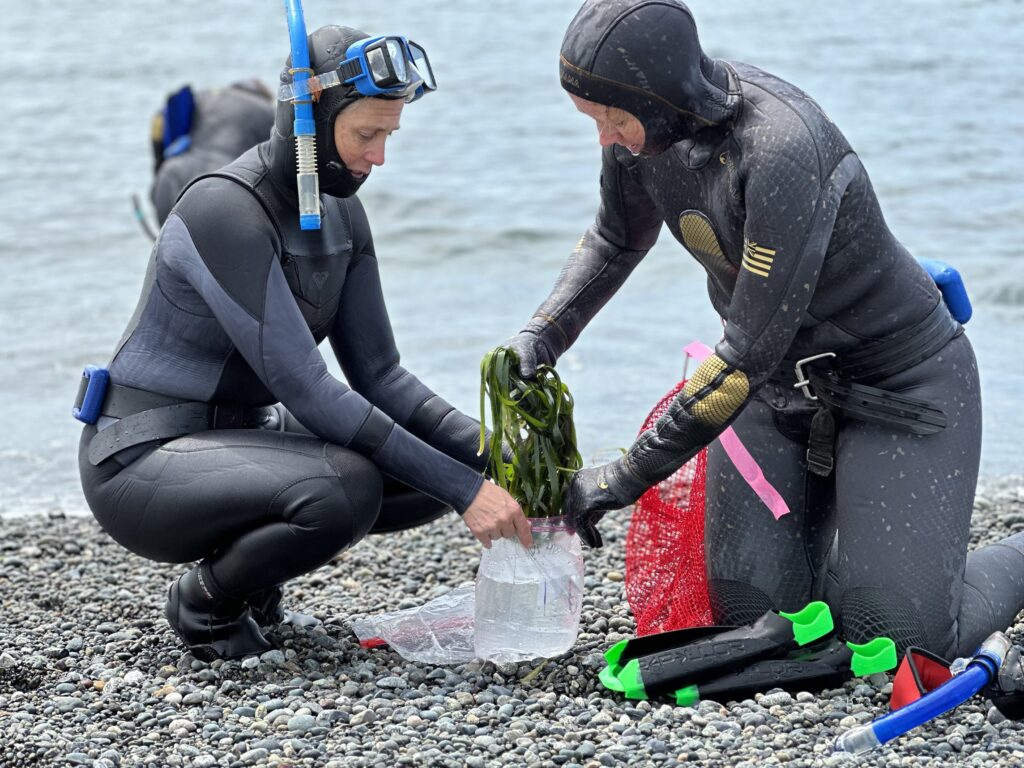
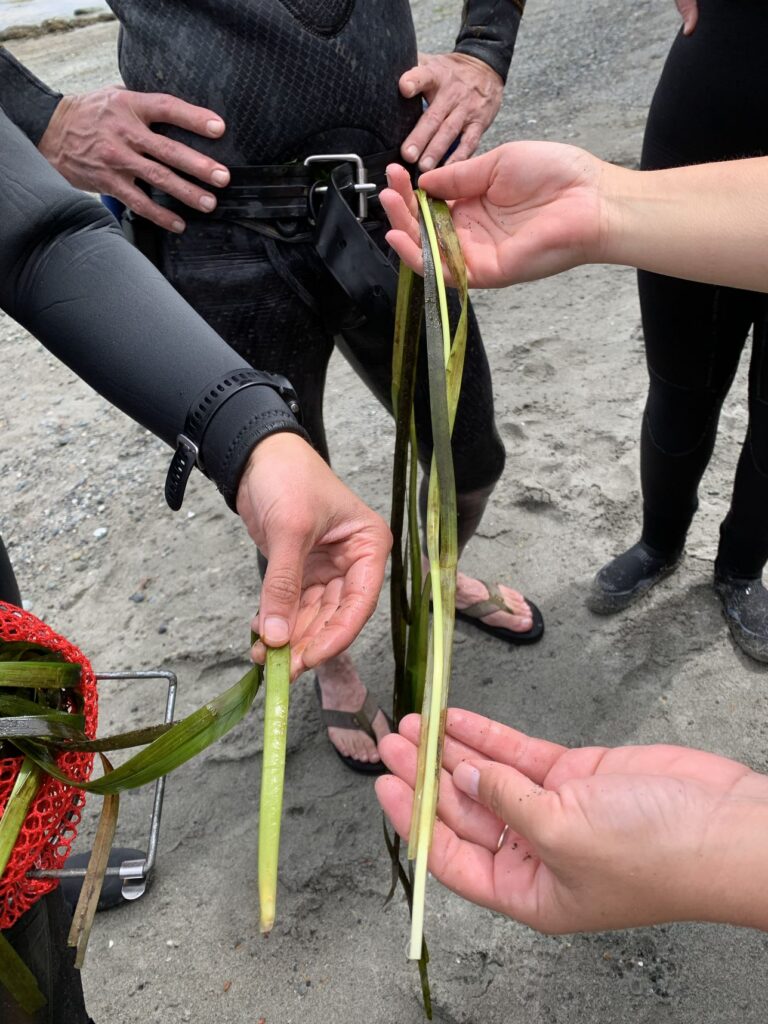
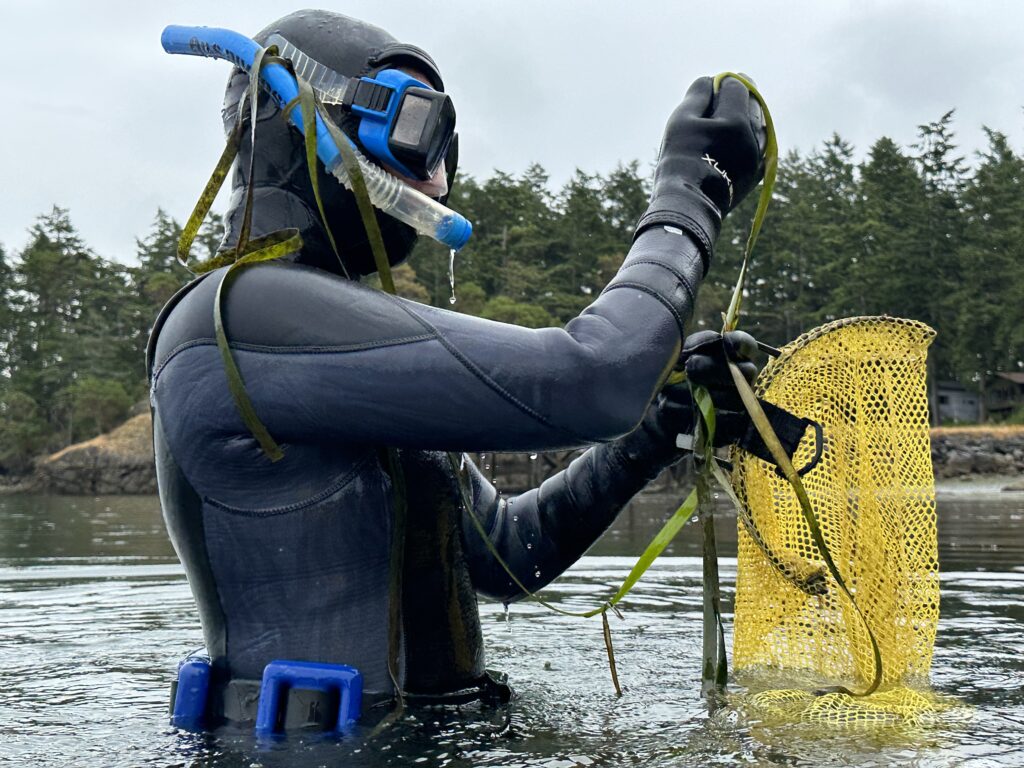
Research includes detailed surveys of eelgrass depth and distribution at twenty sites and mapping of the deep-water edge of eelgrass beds across the entire county. To map this eelgrass, experts from the Washington Department of Natural Resources and Marine Resources Consultants are using towed underwater videography from the research vessel, Brendan D II, at sites across the county all summer. You may see them moving methodically across the shoreline.
Another aspect of the project is exploring why eelgrass is declining at so many sites in the San Juan Islands. Researchers at Friday Harbor Labs have been studying eelgrass wasting disease as one part of this complex puzzle. Expanding this research, Friends staff and community science volunteers are collecting eelgrass plants through snorkel surveys with Friday Harbor Labs researchers. Plants from ten sites on San Juan, Orcas, Lopez, Shaw, and Waldron Islands are being analyzed for disease as part of this eelgrass conservation project.
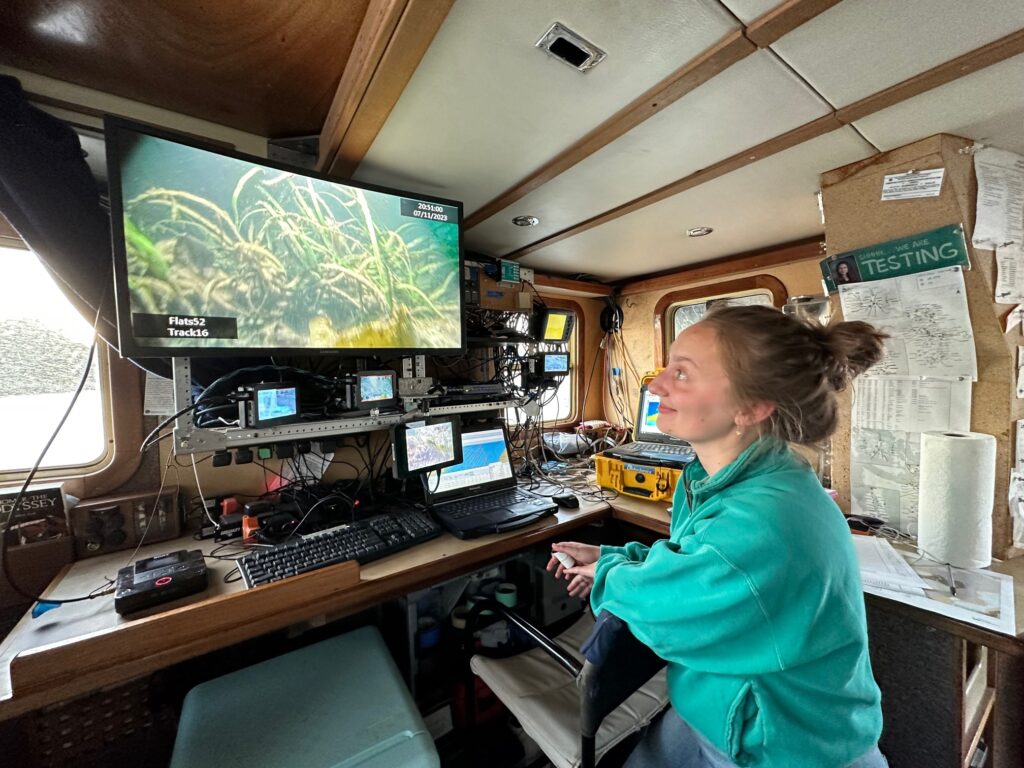
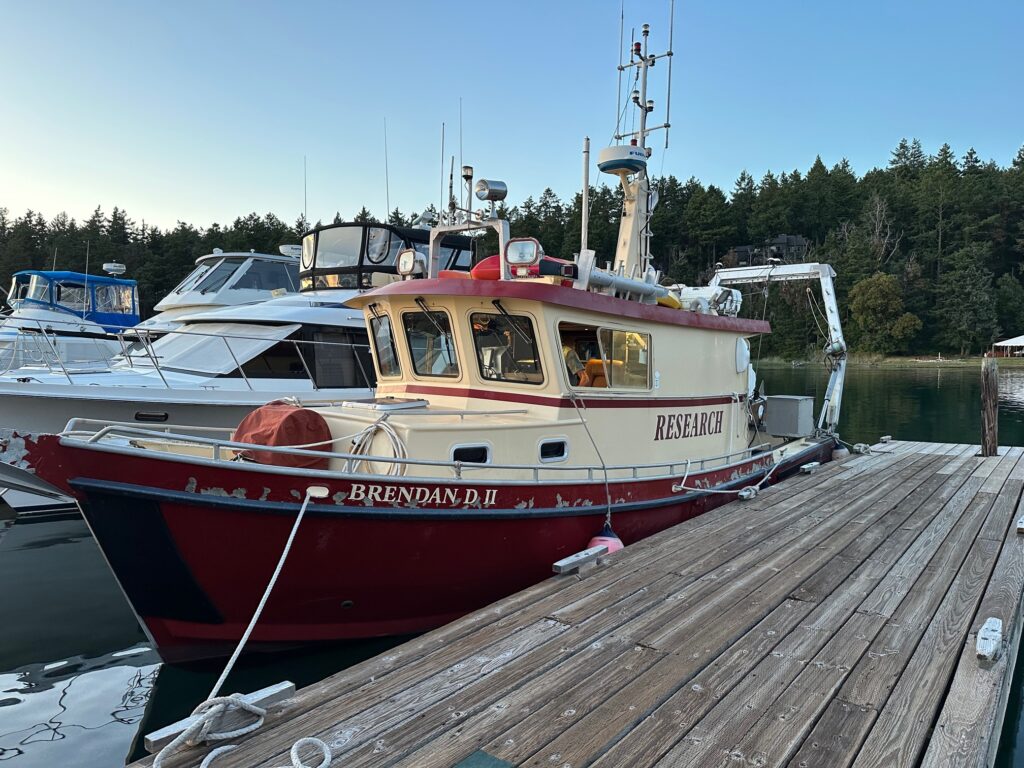
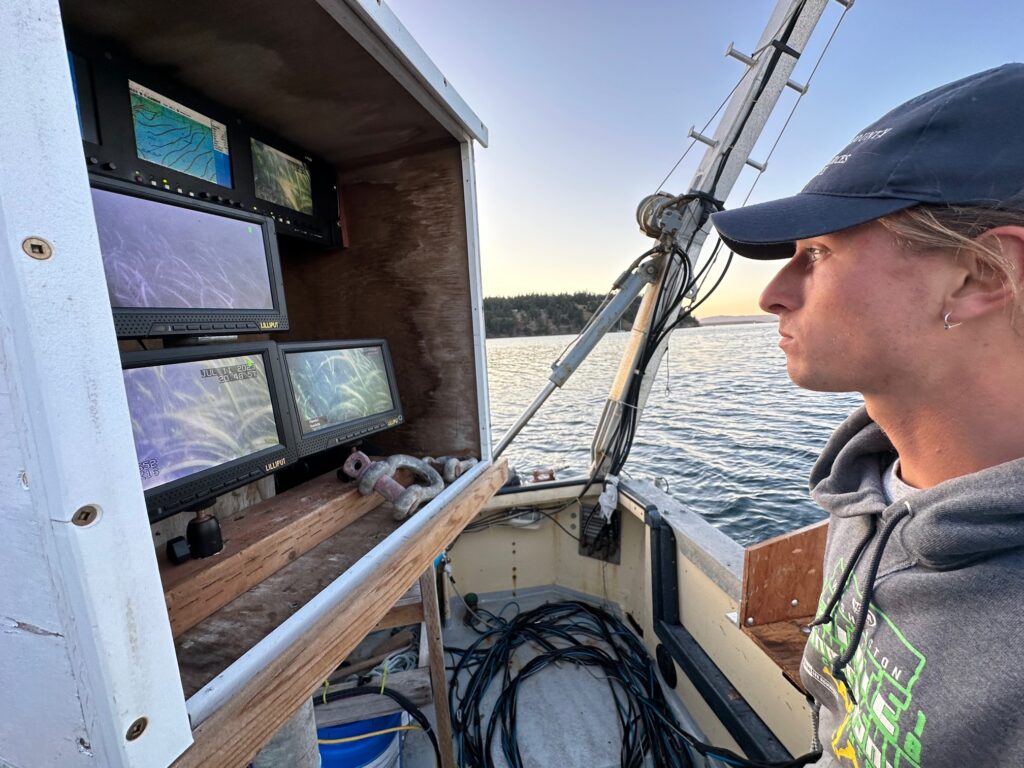
This research project is a collaboration between Friends of the San Juans, the Washington Department of Natural Resources, and researchers from Cornell University and Friday Harbor Labs. Special thanks to our project funders: the Washington State Salmon Recovery Funding Board, the SeaDoc Society, U.S. Fish and Wildlife Service, and Friends members, as well as to the landowners who provided research access for the snorkel sampling and the volunteers who assisted with field surveys and lab processing.
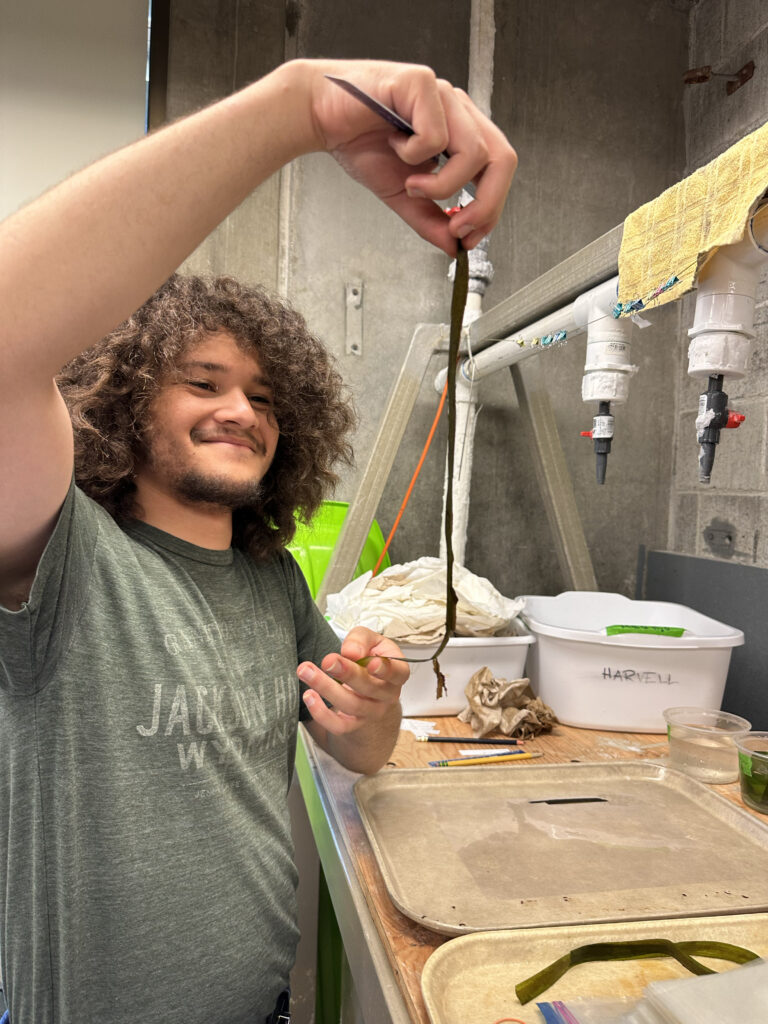
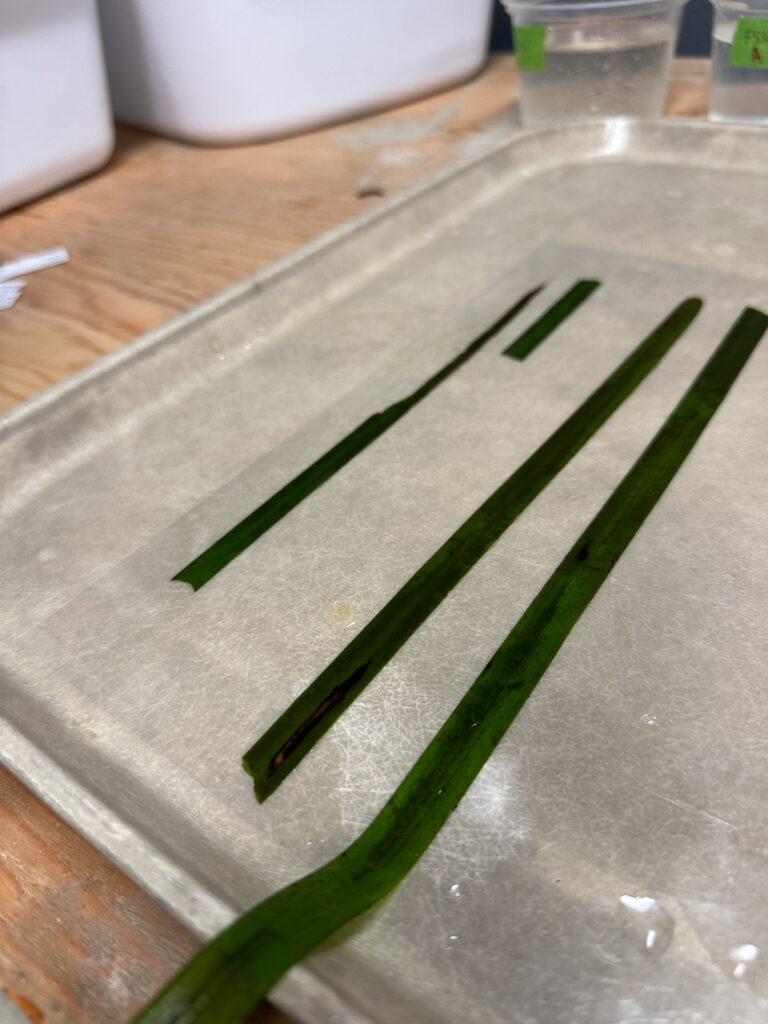
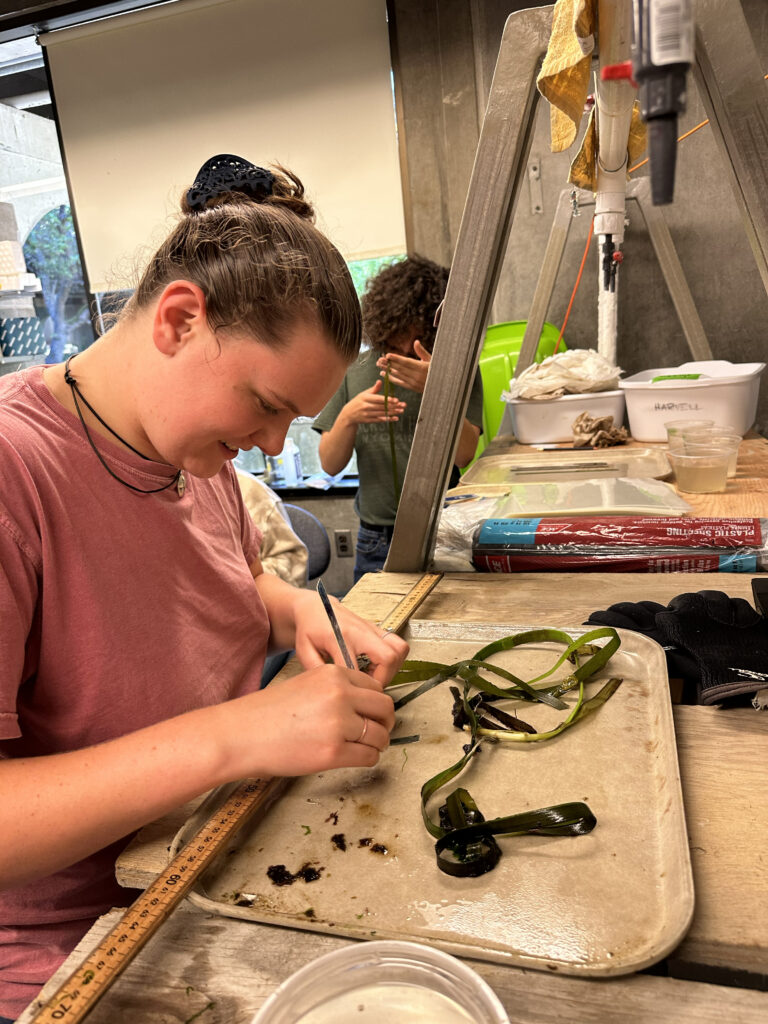
Project results will be compared with 2003 mapping data, providing a valuable understanding of how eelgrass growth, depths, and distribution trends have changed in the San Juans over the past twenty years. Our greater understanding of eelgrass wasting disease along with the trend data can help us understand why eelgrass is declining, identify resilient eelgrass meadows, and inform future salmon recovery protection efforts in San Juan County and beyond.
Do you have eelgrass questions, or perhaps you’ve captured pictures of eelgrass growing around the San Juan Islands?
Email your questions or send photos of eelgrass to [email protected]. We’d love to hear from you!
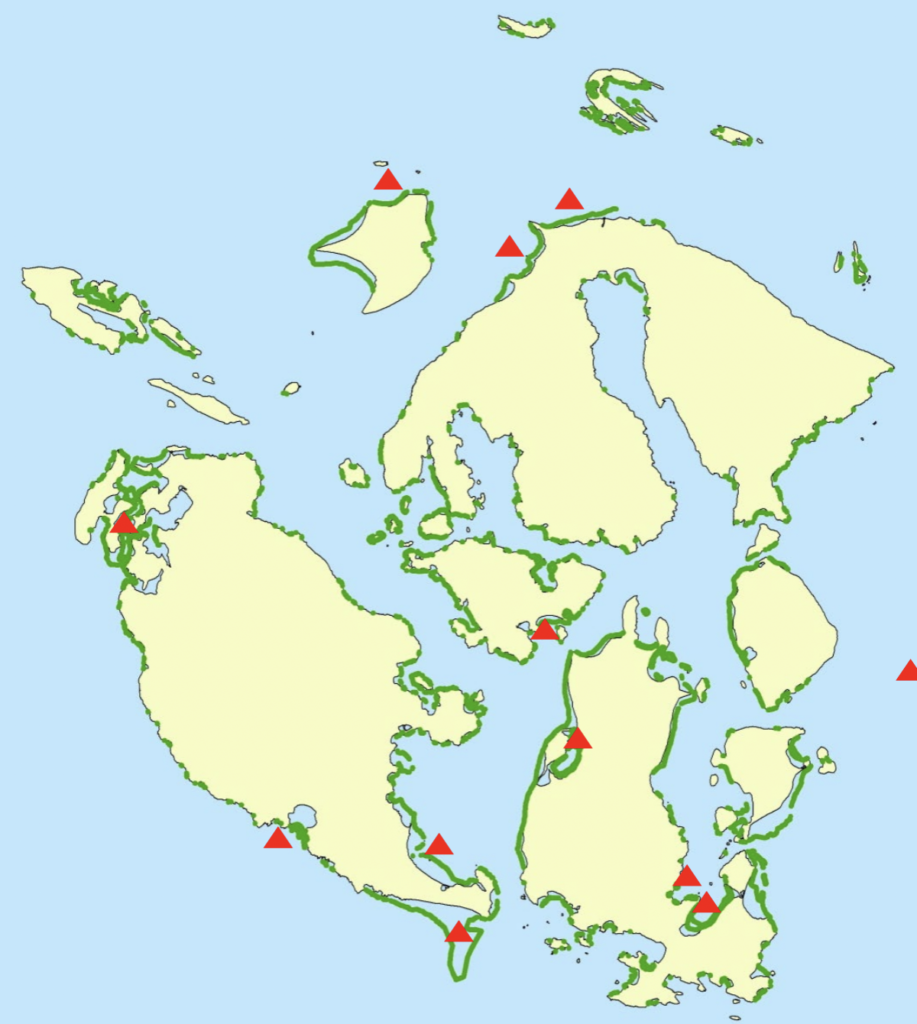
Check out this video of these gorgeous stalked jellyfish found on eelgrass during our research sessions.
These beauties are some of our favorite, lesser-known creatures in the Salish Sea. This specific species of stalked jellyfish (Manania handi) lives attached to eelgrass around the San Juan Islands. Its color resembles eelgrass, making it difficult to spot in the field!
